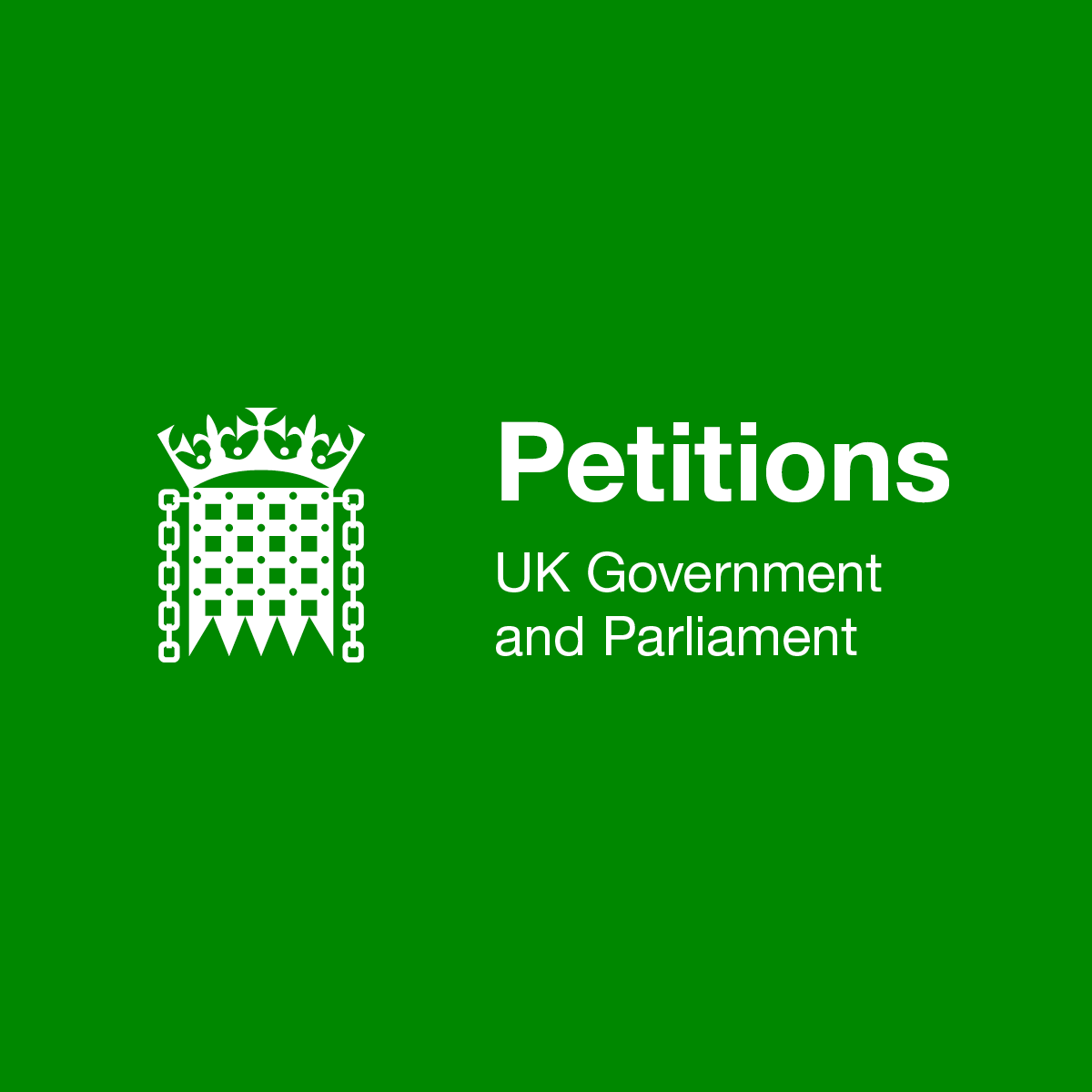Do need to add amortization of home PV, batteries, expenditure ... into those 'gains'
• Network costs – Network costs have increased from £372 to £388 (increase of £16 or 4%). Whilst supplier of Last Resort (SoLR) costs have reduced by £42 from £61 to £19, this reduction has been offset by cost increases elsewhere, as non-SoLR costs have increased by £58. This has been primarily driven by two factors; An increase of £24 in the costs associated with maintaining and upgrading the gas and electricity networks, which are linked to inflation, and in the costs of balancing the electricity system of £34 because of changes in the way these charges are recovered and the scale of interventions made by the Electricity System Operator this winter.
• Policy Costs – Policy cost allowance has increased from £152 to £165 (an increase of £14 or 9%) This is largely due to inflation. Uprating for inflation is
responsible for increases in Warm Home Discount (WHD), Renewable Obligations (RO) and Assistance for Areas with High Electricity Distriubtion Costs (AAHEDC). The increase in Feed In Tariffs(FiT) is due to a combination of an increase in the Levelisation Fund, a reduction in the total electricity supplied and an uplift for inflation. Energy Company Obligation costs increased from £36 to £44 (an increase of £8 or 22%). This was due to a combination of inflation and the introduction of the ECO+ scheme. The reduction to the Green Gas Levy costs is due to an overestimation of costs for the previous period, coupled with a more conservative estimate for the current period.



